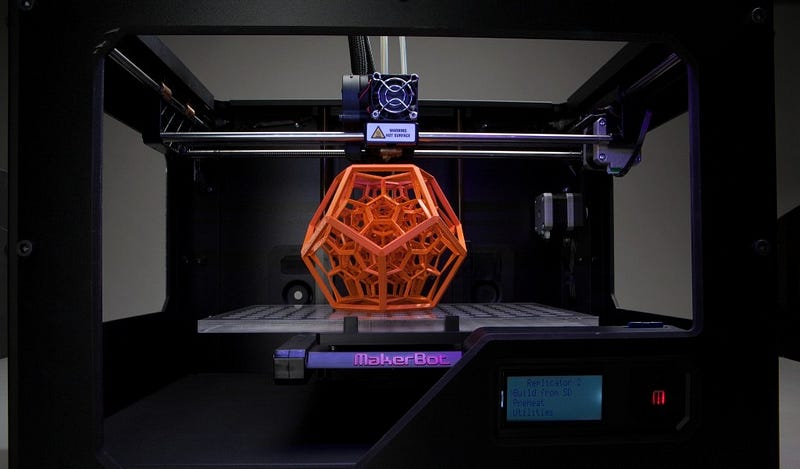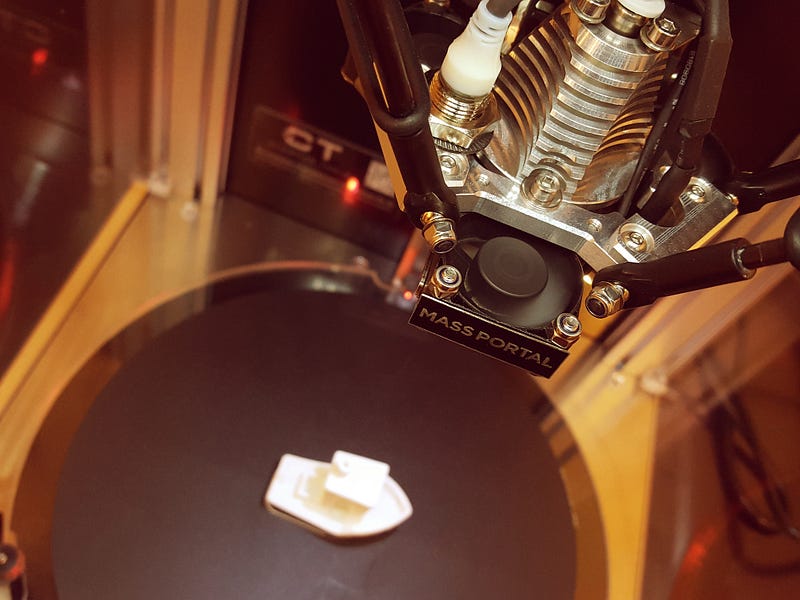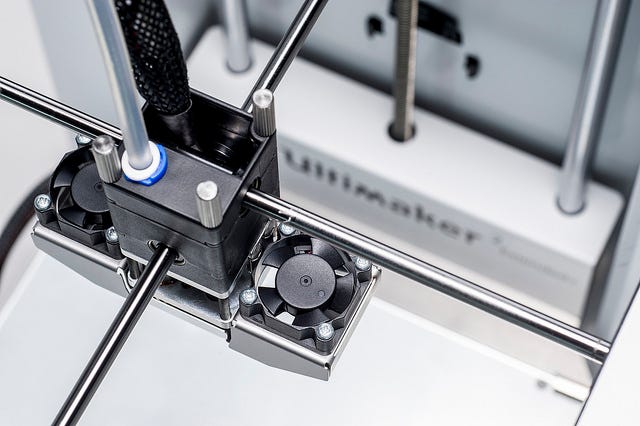Why Africa should embrace 3D printing
3D printing technologies have transformed digital product design for good. As the trend gains popularity on the African continent, innovative entrepreneurs are using 3D printing to take the African tech scene to a globally competitive level. This trend could benefit Rwanda tremendously.

Photo: Creative Tools
To many of us, 3D printing still sounds like something out of a sci-fi movie. Our concept of a printer is the one spitting out flat, white documents in our offices. But 3D printing is here to stay. As it gains ground in Africa, innovative first movers are recognizing its potential to boost the continent’s economy.
As the name implies, 3D printing technology allows a digital design to be printed out as a three-dimensional object in various materials, such as plastic, nylon, metal and ceramics. Imagine a robotic arm that prints out the design in very thin layers, creating whichever shape, size and design you could wish for. This can be everything from jewelry and coffee cups to incredibly advanced industrial design and medical equipment. There really is (almost) no limit to what you can create.

Photo: Creative Tools
Pioneering African entrepreneurs have embraced the 3D technology, using it to develop innovations such as jaw implants and prosthetic limbs in South Africa, malaria testing devices in Zambia, and agricultural tools that farmers across the continent can print out themselves.
In Togo, a tech-savvy entrepreneur managed to build his own 3D printer for just $100, using up-cycled electronic waste, such as old printers and scanners.
Africa lags behind the rest of the world in 3D printing, but once the technology becomes accessible on a large scale, the possibilities seem endless. If utilized right, 3D printing can help address the bad infrastructure and lack of education and skills training that inhibit Africa’s technological and manufacturing industries to keep up with global standards. 3D printing can offer an alternative to expensive domestic transport and international imports, instead opening the door to locally designed, tested and manufactured products.
But before all of this can happen, the technology needs to be implemented broadly on the continent.
While tech experts and entrepreneurs highlight all the benefits of 3D printing, others fear that it could harm Africa’s manufacturing industry: if tech companies can print their own designs, they will no longer need to hire local manufacturing companies, leaving an employment gap in a still vulnerable industry in Africa.
However, 3D printing enthusiasts and experts argue that rather than harming the manufacturing industry, 3D printing will supplement it, developing prototypes and new designs via the printer but often leaving mass production to the industry. In fact, some think this could boost the African manufacturing industry, creating more demand for locally made products, rather than importing them from China and other manufacturing strongholds.
Rwanda in 3D
In Rwanda, the country’s first and only 3D printer — for now at least — is in the offices of Great Lakes Energy, a local company providing solar solutions to schools, health facilities and private households throughout Rwanda.They use the 3D printer to develop and print packaging and storage solutions for some of their solar products.

Photo: Creative Tools
According to Alp Tilev, the Chief Technical Officer at Great Lakes Energy, 3D printing has made it a lot easier to experiment with different designs and materials without having to worry too much about the costs.
“We want to be able to constantly develop and modify our technology, but that used to be really hard and expensive — especially in Rwanda, being a landlocked country where import is very costly.”
Introducing a 3D printer at the office has enabled Great Lakes Energy to develop products without ordering large stocks of materials and getting stuck with more items than they can sell:
“Having a 3D printer is very good for prototyping. We can change something in the design and print a new version in different materials without a lot of hassle. It allows for us to create custom-made and on-demand items, so we don’t have to invest in fabricating an entire stock. You just print it out when you receive an order,” Alp Tilev explains.
According to Tilev, we can expect to see more 3D printers in Rwanda in the near future. Kigali’s tech hub, kLab is introducing a 3D printer as part of its transition into a Fab Lab, focusing on digital design and fabrication — and other tech companies and institutions are expected to follow the trend. The advantages and possibilities made available by the technology can be a golden opportunity for Rwanda’s tech scene:
“3D printing allows for Rwanda-made, cutting-edge, high-end technology without massive investments in expensive machines before going into production. This way, you have a fairly cheap machine that can potentially make anything you can think of — and it even allows for you to recycle your materials to save costs,” Tilev explains.
With the influx of 3D printing in Rwanda comes the need for skilled people to design, manufacture and maintain products. According to Alp Tilev, this can boost both education and employment within digital design and manufacturing.
“The machine is only as good as your design. Skills are needed to make sure that the innovations and designs are high quality and competitive. If Rwanda manages to embrace the technology, it could be a game changer for the high-tech industries. It holds incredible potential for education too. Even without a big manufacturing industry in Rwanda, you can still develop your design and creative skills on a high level and have Rwandan-made products reach the rest of the world.”
